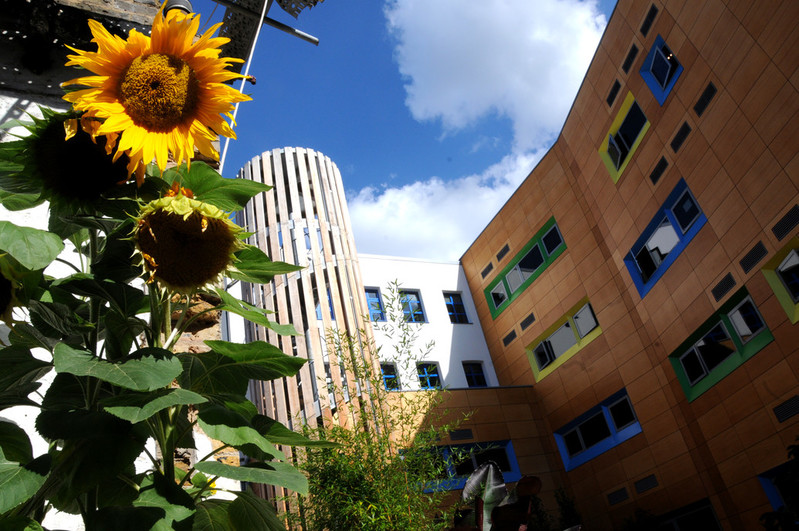In uncertain times, it was a real morale boost to receive some good news from the Royal College of Paediatrics and Child Health (RCPCH). The RCPCH ‘& Us’ team, who advocate for and involve children, young people and families in health services, recently told us that…

